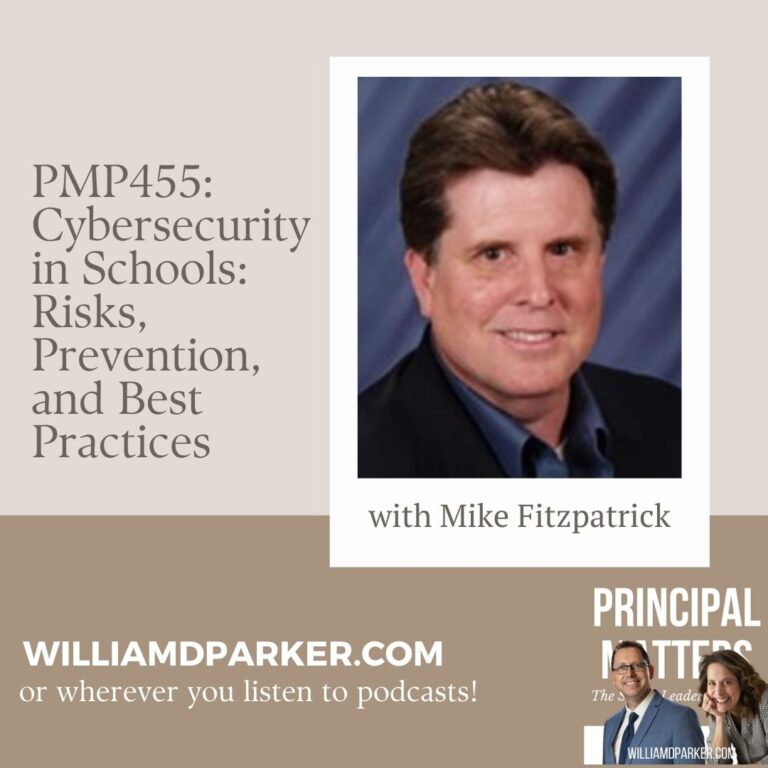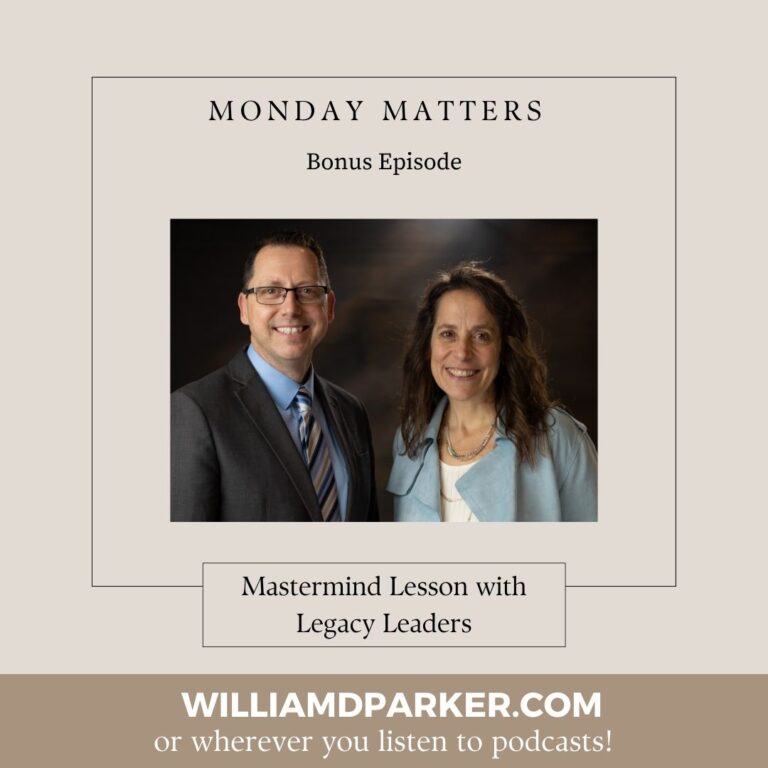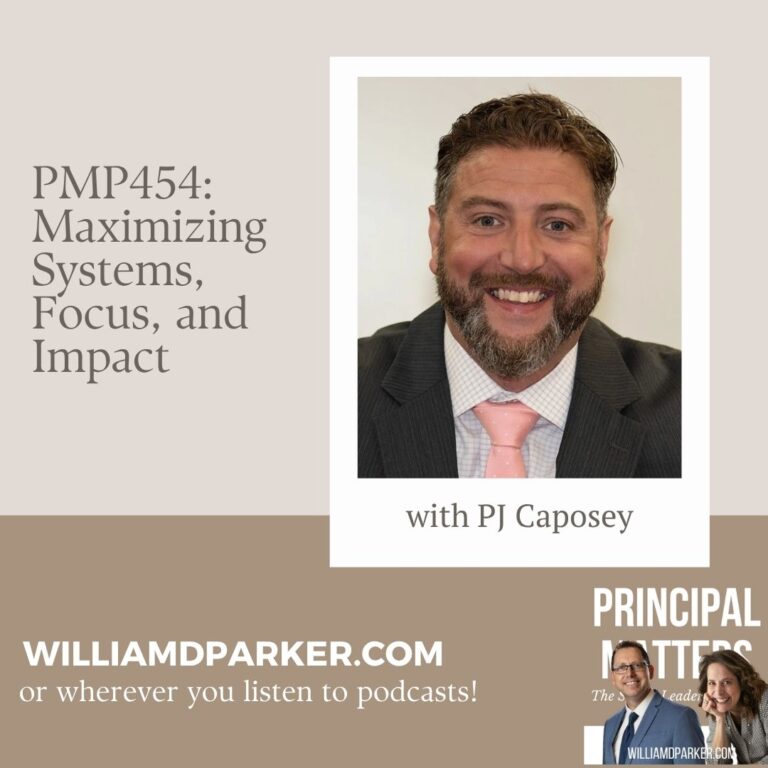Podcast: Play in new window | Download
Invisibilia is a fascinating podcast about the invisible forces that affect us without us being aware. In a January 29, 2015 episode, the reporters narrating the episode were talking about a phenomenon known as “entanglement.”

They began by describing a physics experiment where scientists have been able to isolate particle atoms in separate locations, change the motion, and cause the two separate atoms to react to the change at the same time in separate locations.
That’s right. In one experiment, an atom contained in a box four feet away from itself in another box was demonstrating simultaneous responses in both boxes. These atoms are not mirror images of one another; this research suggests that they are one another. Separate but one: a phenomenon known as quantum entanglement. Charles Q. Choi from Live Science explains that scientists theorize entangled atoms may stay connected even if a universe a part!
Scientists are able to explain how to make this happen, but they are still unable to explain why this is possible.
So, why am I fascinated with this idea of entanglement?
Well, before I answer that question, let me describe another entanglement phenomenon. This may seem common sense, but Invisibilia reporters also explain how psychologists have proven that a person’s behavior is unconsciously influenced by his or her environment—a kind of social entanglement.
In one example, an unsuspecting individual was placed on an elevator with groups of people who had pre-determined certain movements (like facing the wrong direction or taking their hats off at the same time.)
Over and over again, and with multiple test cases, individuals would follow the movements of the group—even to the point not just mirroring their movements but following them simultaneously.
For instance, an individual wearing a hat would be joined by a group of people wearing hats. Without any advanced notice, the hatted folks would reach up and remove their hats, and the unsuspecting individual would follow suit–often without any hesitation and sometimes simultaneously!
Their explanation for this phenomenon? Entanglement.
So why is this important to educators or school leaders? In some ways, it confirms what we’ve always known: our surroundings influence us more than we often recognize. We may be connecting with one another in ways more mysterious than we’ve ever imagined. In other ways, it opens our eyes to incredible possibilities.
So, here’s a simple application. If you take the idea of entanglement to its logical conclusion, you must seriously grapple with the power of your position as a school leader and ask yourself some questions:
- What persons or ideas am I consistently surrounding myself with, and how is this affecting who I am?
- How am I purposely and intentionally influencing my home, work, surroundings to bring about the most positive outcomes possible?
- In what ways am I taking time to intentionally provide positive feedback to students and teachers?
- How am I tailoring messages through lessons, conversations, announcements, newsletters, assemblies, concerts, ceremonies or social media?
As school leaders, we cannot ignore how incredibly (and sometimes mysteriously) significant a part we each play in the environments of our schools. This can be done in many ways, but I can’t think of more powerful way than by the messages delivered by the teachers and staff who touch our students for the majority of their day.
And as a school leader, it is your responsibility to positively influence the message students are consistently receiving. But you are a small part of a web of entangled messages and influences; how can you keep the part you play meaningful?
Why Messaging Matters

This is one of the reasons why I decided to write my newest book, Messaging Matters: How to Inspire Teachers, Motivate Students, and Reach Communities. If science reminds us that a powerful connection happens through our environments, then why would we not want to create the most positive, productive, and effective environments in our schools? And if we want to create those kind of learning environment, then the messages we are sending to teachers, students, parents, and community members really matters.
One of the major dilemmas that public schools face in today’s news and politics is a misperception that schools are failing. We can’t ignore the struggles our schools face, but at the same time, we also should not fail to celebrate what IS working in our schools. If we want the kind of support, resources, and investments necessary to keep public education a thriving opportunity for students, then we owe it to them to publicize why our schools are effective places of learning.
What is Messaging?
It is the mindset that defines the way we communicate.
It is the platform for promoting great things happening in our schools.
It is the lens by which you display the overwhelming positives for teachers, students, parents and communities.
How Do You Increase Messaging?
In my book, I share lots of examples, but let me give a few examples of a messaging mindset: As you step into your school, are you looking for great examples of student learning? Are you capturing teachers in great moments to share out with their colleagues? Are you utilizing tools like social media or relationships with print, TV, or podcasts to broadcast your students’ successes?
We Have No Excuse
Marketing, public relations, and customer service are not just terms isolated to business. As schools we need to model these behaviors so that students experience these dynamics long before beginning a career. With access to social media, email subscription options, blogging formats, or podcasting platforms, you have the ability to connect within and outside of your school in powerful, meaningful ways. Use these tools to share out your schools’ amazing service to students.
Let’s Wrap This Up
Entanglement has many implications. Scientists ask if it is possible for bits of ourselves to actually be present in the places or people with whom we are entangled–like the same atom present in two separate locations? But regardless of how mind-blowing those implications may be, one of the most powerful takeaways is simply that the people and places all around us are consciously and unconsciously entangled.
Be intentional today about influencing the entangled environment of your school. Do your part in making it the kind of place you would want your own children experiencing life everyday.
Now It’s Your Turn
What are some ways you are intentionally working to keep your environment positive? What are tools (both traditional or modern) that you can use to create a platform for the outcomes happening in your school that would benefit others to learn about?
Sign-Up For Free Updates and Ebook
When you enter your email address below, you will automatically receive my newest posts and a free Ebook, 8 Hats: Essential Roles for School Leaders. Let’s keep learning together!
Subscribe for free weekly updates and receive free e-book!
(function($) {window.fnames = new Array(); window.ftypes = new Array();fnames[0]=’EMAIL’;ftypes[0]=’email’;fnames[1]=’FNAME’;ftypes[1]=’text’;fnames[2]=’LNAME’;ftypes[2]=’text’;}(jQuery));var $mcj = jQuery.noConflict(true);
Principal Matters–The Book!

School leaders are very busy, so each of the twenty-four chapters is designed as a quick-read and followed with take-action questions for follow-up or reflection. If you want practical ideas on understanding your purpose, managing school teams, dealing with challenges, and leading with courage, action, motivation, and teamwork, go HERE to pick up a copy for you or your team.
Messaging Matters

Harness the power of messaging to create a culture of acknowledgment, respect, and celebration. Written specially for leaders, this title is divided into three parts, helping readers to maximize their role as chief communicators with students, teachers, and parents and community. Each chapter includes suggestions for using digital tools to enhance messaging and ends with reflection questions and practical next steps.


